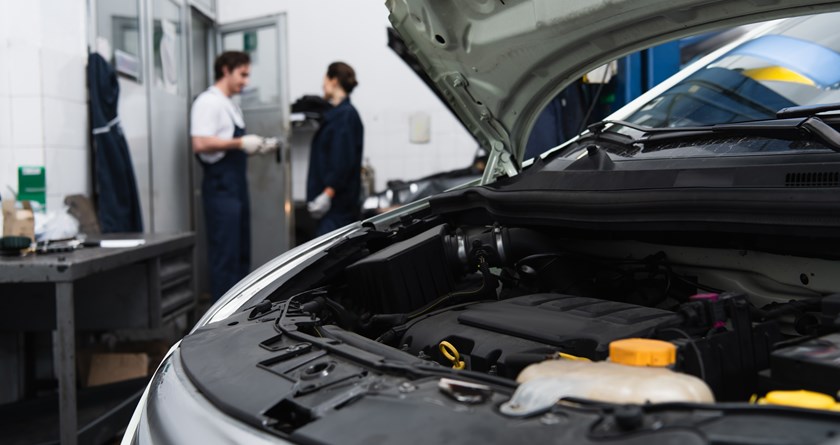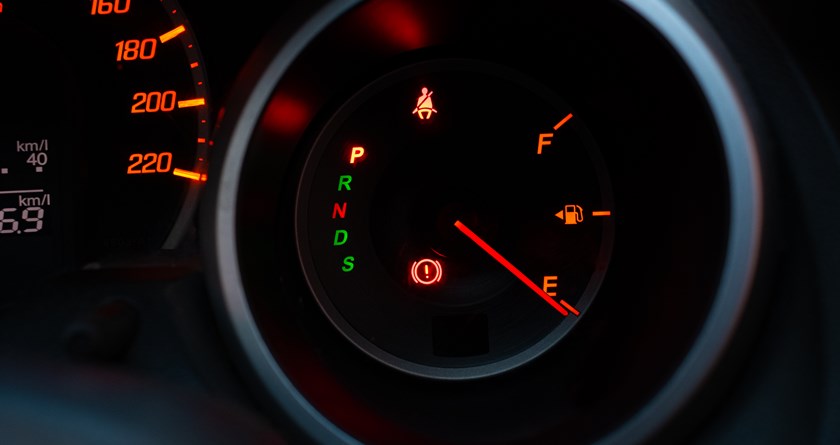How does the airbag work?
08.11.2023 - 13:17:56
Although the airbag is one of the safety systems in your vehicles, it is an indispensable system for in-vehicle safety together with the seat belt of the individuals in the vehicle during any accident. Airbag Working System When the front part of your vehicle is hit in the event of an accident, there is an instantaneous speed reduction and slows down. The accelerometer, which recognizes this instantaneous loss of speed, detects the vehicle speed change. The electronic sensor that determines the amount of acceleration of the vehicle measures the change in the speed of the vehicle. So the accelerometer system tries to detect the exact magnitude of the impact. If the applied force causes the vehicle's deceleration system to operate, the airbag circuit starts to operate. The amount of damage plays an important role here. In other words, the activation of the airbag system occurs when the vehicle's deceleration system is activated. This is the reason why this airbag system is not activated in a normal brake. The airbag circuit, which is activated by sensors, passes a certain amount of current through a certain heating element. The heating element activates a chemical explosive here. Very soon after this stimulation occurs, the airbag system of your vehicle is activated for an estimated 20 milliseconds. And in a very short time, the airbag is activated and inflated. While the chemical that provides inflation here is sodium acid in old type vehicles, different chemicals can be used in new productions. With the stimulation of this system, the substance with the ability to explode shows combustion and the nylon structured cushion, which is placed in a compressed state behind the steering wheel of the vehicle, is filled with a gas that does not cause any harm to human health at high speed and high degree. Generally, nitrogen or argon gas can be used for this gas. As the stimulated and ignited substance spreads, the airbag begins to inflate at great speed on the front side of the driver. According to the data, the airbag is inflated within 30-40 milliseconds after the accident. Airbags in vehicles are surrounded by a chalky material such as talcum powder. The reason for this wrapping is to ensure that the airbag assembly works smoothly. During the accident that occurs with the vehicle, the driver of the vehicle goes towards the front of the vehicle with the accident, where the vehicle driver hits his head against the airbag and the severity of the accident is reduced. The gas contained in the airbag systems is discharged through very small parts present in certain parts of the airbag system. By the time the vehicle slows down, almost all of the gas inside the airbag has been discharged. In fact, the 30-40 milliseconds that is said to be the time it takes for the airbag to fully inflate is a very small amount of time. According to research, when it is known that our blinking time is approximately 100-200 milliseconds, it is more noticeable how low this time is. However, it is worth noting that seat belts have a very important value in addition to the airbags in vehicles. The vehicle belt and airbag are mechanisms that work systematically. Having one without the other is not a situation that will provide much safety.

































